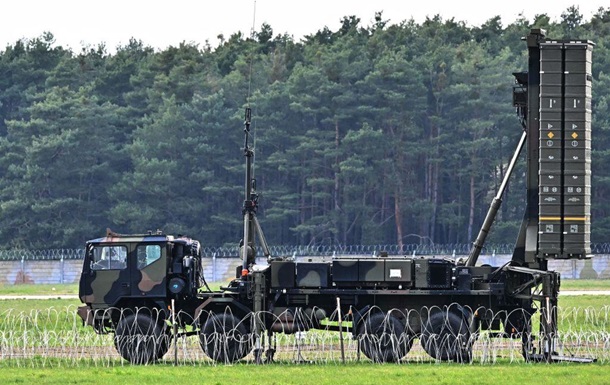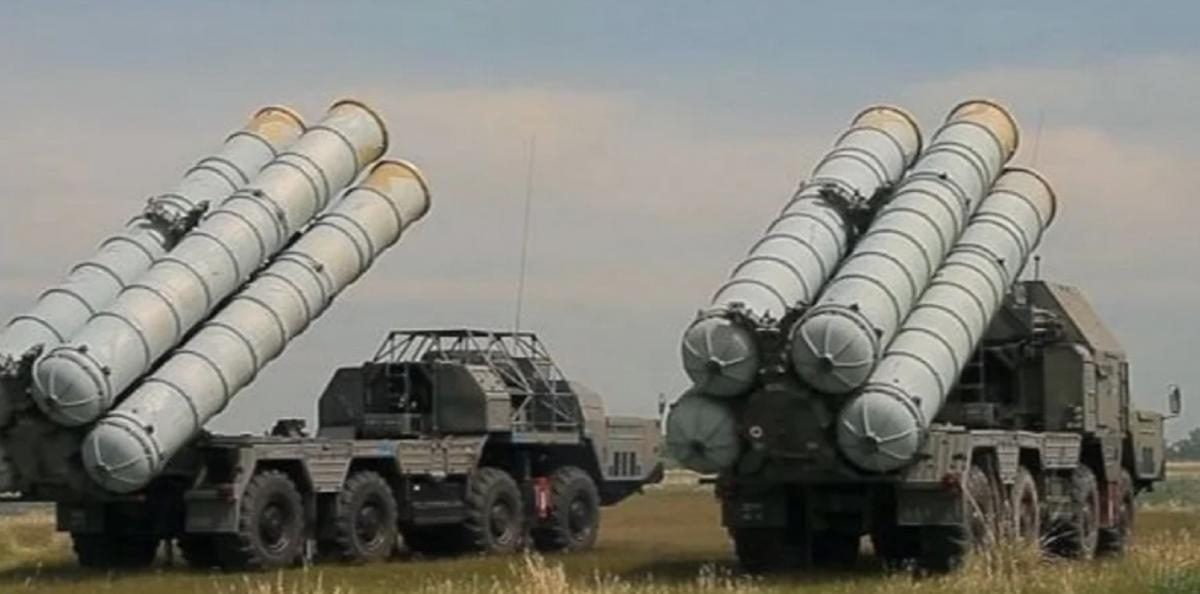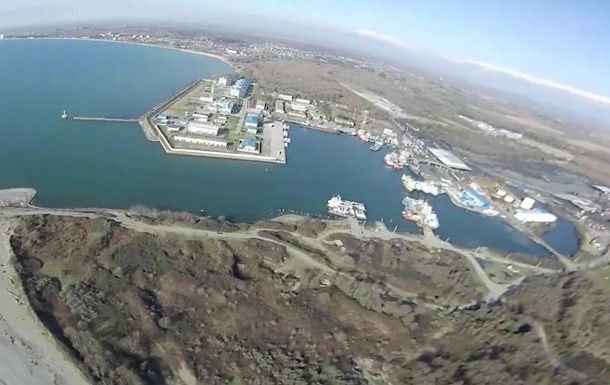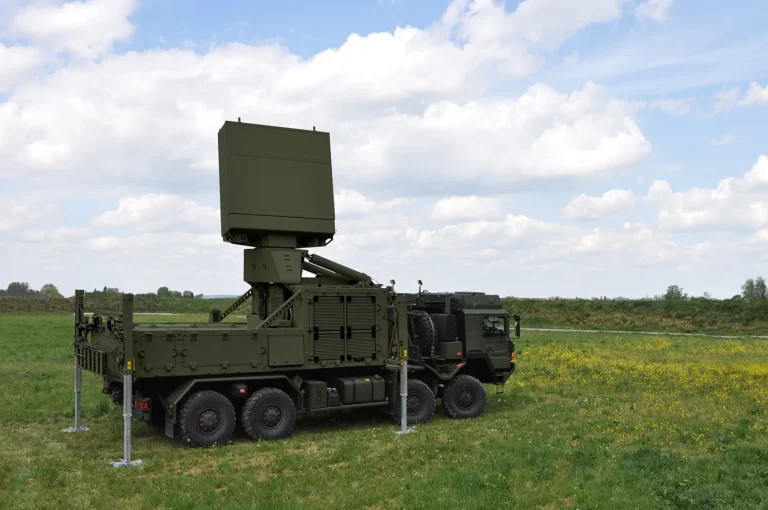Condensate accumulating in the steam vents causes problems that lead to failure of the entire equipment. Remove excess moisture condensate drains. Basically, it is a valve that lets water in and restricts the movement of steam.
The classification of this mechanism is made according to the purpose and type of work. The main ones:
- Float;
- Thermostatic;
- Thermodynamic.
The uniqueness of the device is that it can be used in many systems to reduce steam pressure. Absence threatens loss of heat capacity, water hammer.
The principle of operation of the float trap
It is actuated by a float - in the form of an inverted glass - due to the difference in density of the settling condensate and steam. Moisture gets inside the case through a special hole, accumulates, raising the float, simultaneously opening the outlet valve. When the condensate level drops, the float drops, the opening of the outlet valve is blocked.
Advantages:
- A continuous work cycle that depends only on the level of the accumulated liquid;
- Removal of a large amount of condensate without loss of steam;
- The possibility of use in liquefied gas storage systems (without an air outlet element).
Disadvantages:
- During the operation of the device, liquid subject to freezing remains in the housing, which must be removed manually;
- Weak resistance to hydraulic shocks;
- Dimensions.
Thermodynamic condensate trap
In principle, the difference in temperature and speed of passage of steam and liquid is involved. With the accumulation of condensate, the temperature drops - the valve is triggered to open - when the degree increases to the moving steam indicator - it closes. The thermal principle itself is discrete. Steam moves, creating high temperature and pressure. Condensate slows down the movement, lowers the temperature, which leads to the activation of the valve. A drop in the moisture level triggers the reverse process.
Advantages:
- Simple construction;
- Compactness and light weight;
- Instant removal of accumulated moisture;
- It is not afraid of freezing, after complete defrosting it is ready to work again;
- Does not require adjustment;
- Works in high pressure systems.
Disadvantages:
- Steam loss during valve operation;
- Not stable operation at low pressure;
- At start-up there is a risk of airlock;
- The reset occurs with a high noise level;
- Poor ventilation;
- Regular maintenance is required.
Thermostatic condensate trap
The working element is a stainless steel capsule with a seat in the lower part, which is functionally a locking mechanism. The condensate-cooled flow creates a gap between the capsule and the saddle, through which air and accumulated moisture are released. Steam, carrying a higher temperature, acts on the disk, it expands, closing the gap. In addition to excess moisture, this type of condensate trap removes air and gases.
Advantages:
- Compact;
- A light weight;
- It is installed in any position;
- Ease of maintenance;
- High performance.
Disadvantages:
- Installation in a high pressure system is not recommended;
- Does not work with overheated steam;
- The ambient temperature should not fall below 25-30°.
Requirements for condensate drains
Long service life, reliability, resistance to water hammer. The indicator of the volume of removed moisture without loss of steam is important. A properly selected condensate discharge mechanism affects the productivity and energy efficiency of the system, and optimizes costs. Accordingly, it should be selected in consultation with specialists. On the site https://boiler.ua/ you can get the necessary information.


 323
323











